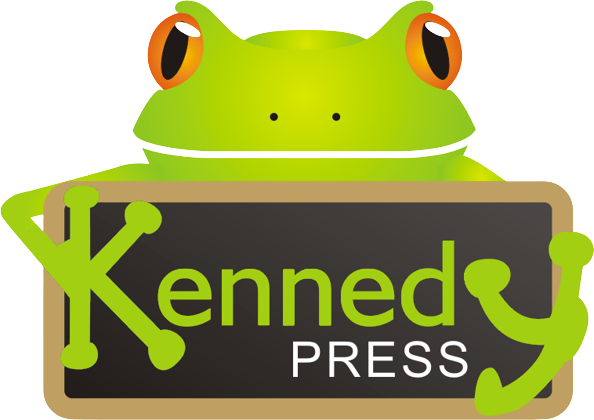Home » Articles and resources » Parents’ portal » Tips to help kids understand maths » Number size and place value
Place value is heavily linked to relative size. Here are some good things to try with your kids:

KENNEDY PRESS PTY LTD
FOR ALL ENQUIRIES, ORDERS AND TO ARRANGE PD:
© COPYRIGHT 2024 KENNEDY PRESS PTY LTD ALL RIGHTS RESERVED TERMS & CONDITIONS